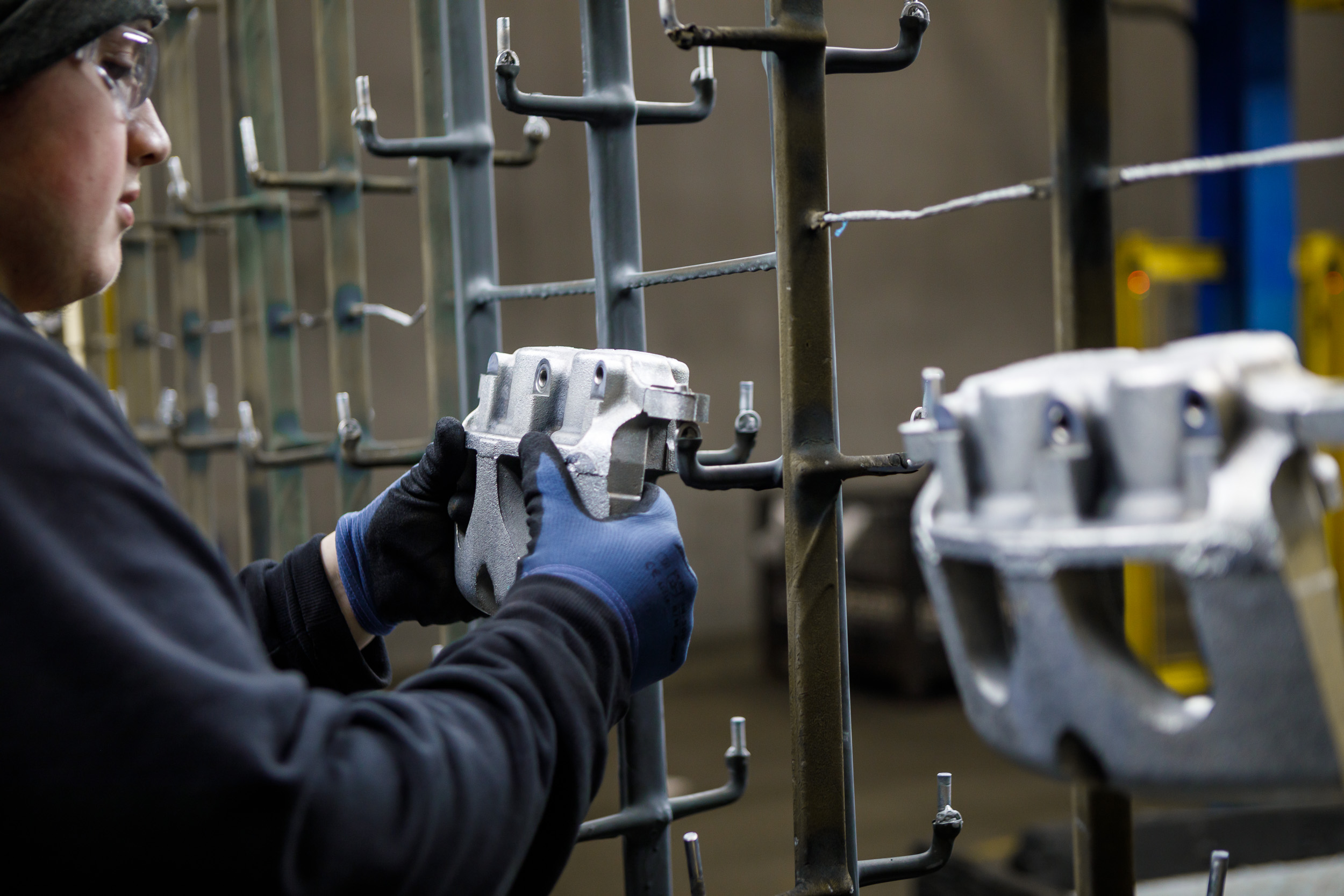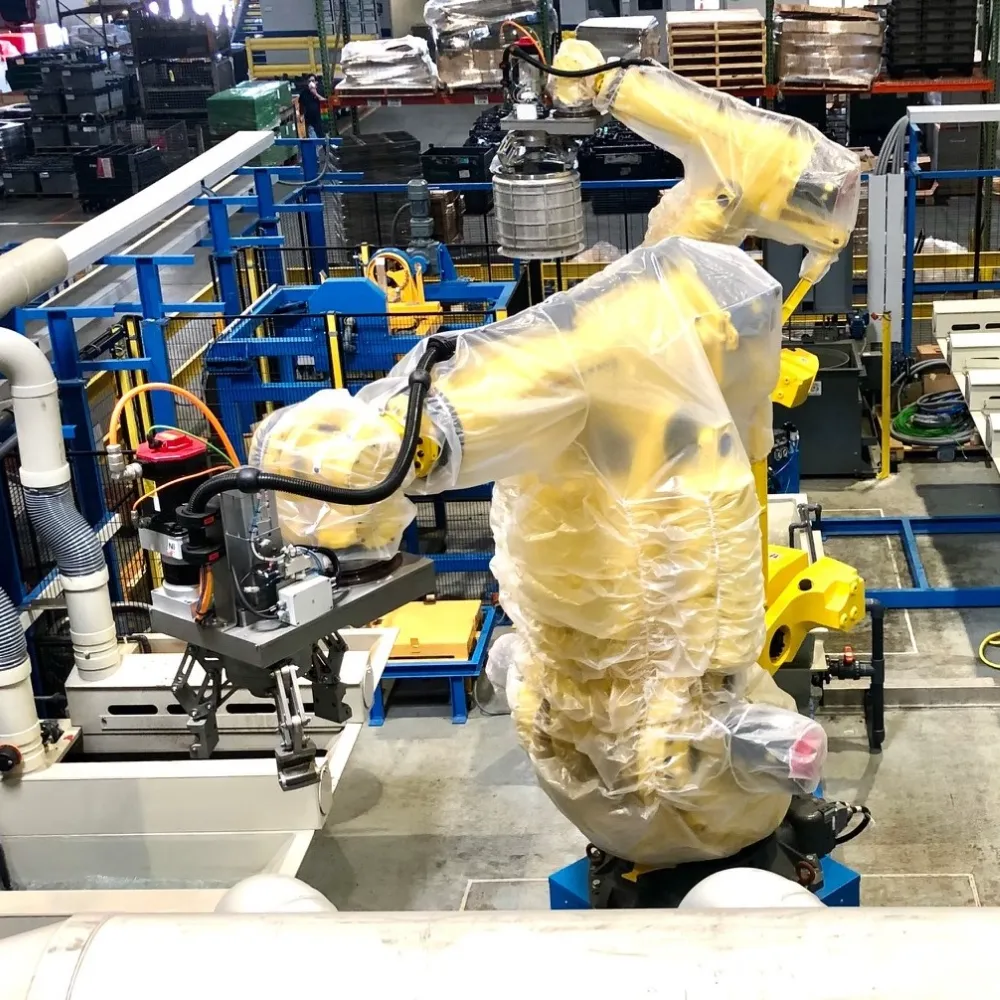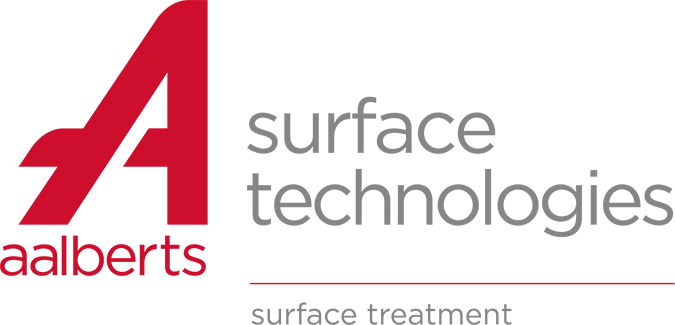Electroplating

Zinc & Zinc Alloys
Zinc electroplating is a technique that involves depositing a layer of zinc onto a metal surface through an electrochemical process. It is commonly used to provide corrosion resistance and improve the appearance of steel and iron-based materials. The zinc coating acts as a sacrificial layer, protecting the underlying metal from oxidation and extending its lifespan in various applications such as automotive parts, hardware, and galvanized steel structures.
Passivates & Topcoats
We offer a variety of zinc & zinc alloy finishes. As part of our zinc and zinc alloy finishing processes, we offer environmentally friendly passivates and topcoats that:
- Are available in clear, black and yellow colors. (Contact us for process availability)
- Can be applied over zinc or zinc alloys.
- Are free of chromium, nickel, mercury, and lead.
- Are non-electrically applied (no risk of hydrogen embrittlement).
- Can exceed 1,000 hours salt spray (DIN 50021 SS, ASTM B633).
- Have minimal coating thickness.
- Can withstand high temperatures (180C) without reducing corrosion protection or optical appearance.
- Come with a number of friction coefficient options.
- Are chemical resistant – fuel/brake fluid, etc.

"*" indicates required fields
Contact Us
Roy Metal Finishing, located in Greenville, South Carolina, is the largest independent metal surface coater in the southeastern region of the US. Our core technologies are electroplating, e-coating and powder coating. We service the transportation, construction, agricultural, appliance and industrial markets.
RMF is a wholly-owned subsidiary of the Aalberts family of companies, which consists of over 150 companies and over 13,000 employees located throughout Europe, Asia and North America, all in pursuit of excellence through winning with people.Phone
(864) 277-0420
Corporate Campus
1515 Old Grove Rd
Piedmont, SC 29673
